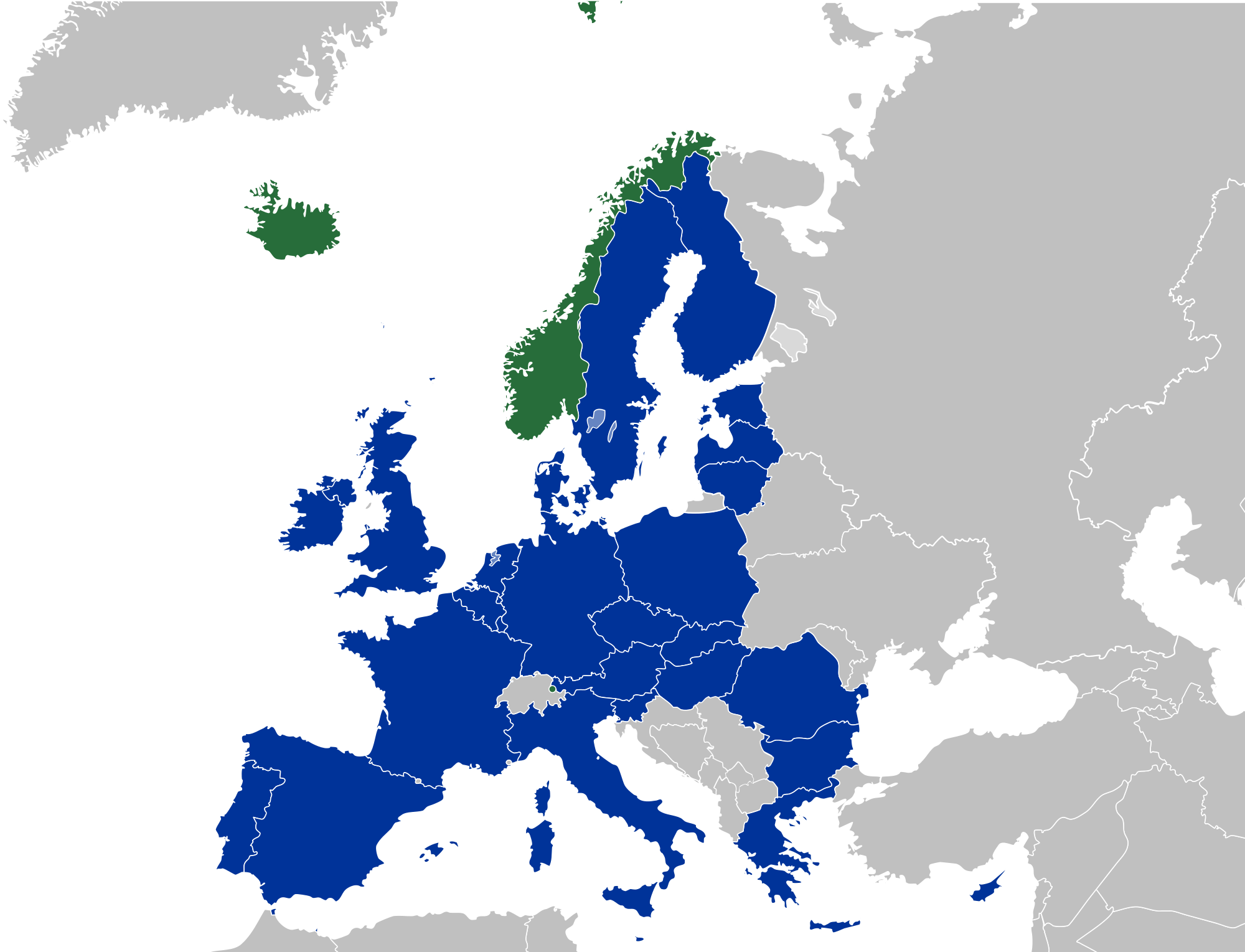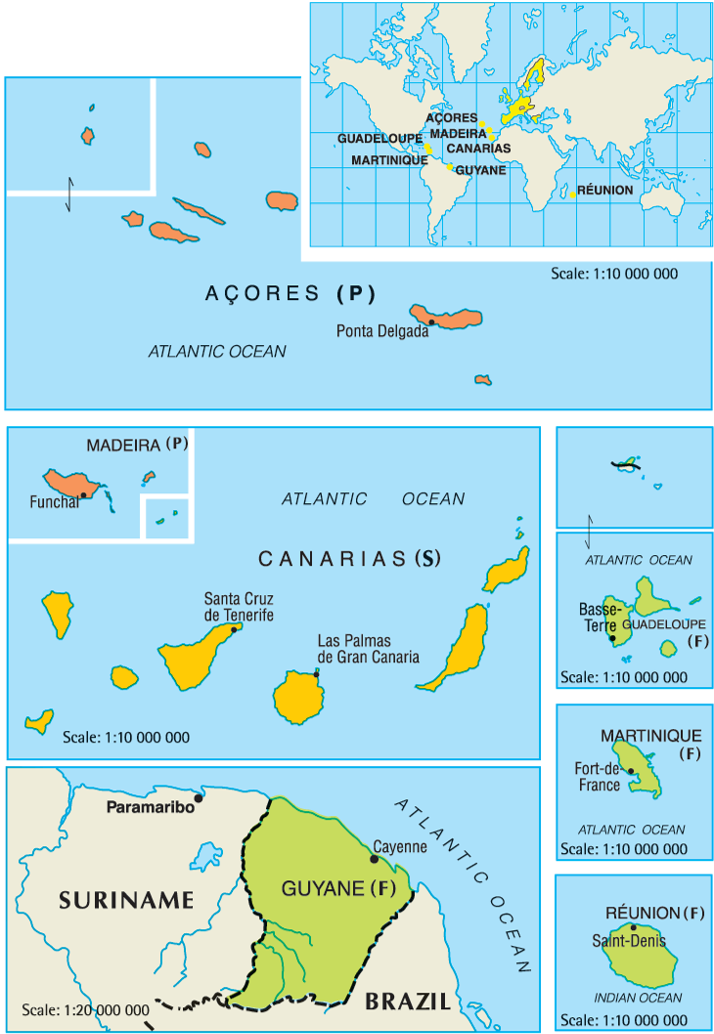What is the scope of the regulation?
The Regulation applies to ships above 5 000 gross tonnage (GT) in respect of carbon emissions released during their voyages from their last port of call to a port of call under the jurisdiction of a Member State (MS) and from a port of call under the jurisdiction of an MS to their next port of call, as well as within ports of call under the jurisdiction of an MS.
The Regulation does not apply to warships, naval auxiliaries, fish-catching or fish-processing ships, wooden ships of a primitive build, ships not propelled by mechanical means, or government ships used for non-commercial purposes.
Ballast voyages, from the last port of call where the ships has discharged cargo or disembarked passengers to the next port of call where cargo is loaded or passengers embark, also serve the purpose of transporting cargo and are therefore subject to the Regulation.
On the other hand, ships' movements that do not serve the purpose of transporting cargo or passengers for commercial purposes are not subject to the monitoring, reporting and verification requirements, for example:
The EEA Agreement provides for the inclusion of EU legislation in all policy areas of the Single Market including environmental policy. In accordance to the latest update by European Commission, EU MRV Regulation will be extended to ports under jurisdiction of EEA member states, i.e. it will also apply to voyages between Norway / Iceland and third countries.
From 1st January 2018,
The EEA countries (EU countries + Iceland + Norway + Liechstentein)

Outermost regions of the EU (Saint Martin is also included)

In conclusion, if the vessel is navigating between any of the outermost regions and third countries, or between Iceland / Norway and third countries, then the corresponding voyages will need to be reported.
Finally, it should be noted that a number of ports under the jurisdiction of an EU Member State are not considered part of the EU territory, so do not quality as an EU port of call under the EU MRV. These overeas territories include:
Sources: Regulation 2015/757 Art. 2 and EFTA official website
Back to all F.A.Q.
The Regulation does not apply to warships, naval auxiliaries, fish-catching or fish-processing ships, wooden ships of a primitive build, ships not propelled by mechanical means, or government ships used for non-commercial purposes.
Ballast voyages, from the last port of call where the ships has discharged cargo or disembarked passengers to the next port of call where cargo is loaded or passengers embark, also serve the purpose of transporting cargo and are therefore subject to the Regulation.
On the other hand, ships' movements that do not serve the purpose of transporting cargo or passengers for commercial purposes are not subject to the monitoring, reporting and verification requirements, for example:
- prospection and extraction of material from the seabed or subsoil,
- ice-breaking activities,
- carrying, laying, and repairing of cables/pipelines for underwater for telecommunications, electric power transmission, or other purposes;
- providing support to offshore installations, such as drilling rigs, natural gas and oil platforms, offshore wind farms, and including in particular:
- carriage and positioning of anchors for drilling rigs,
- providing towage, salvage or other marine assistance/services to offshore installations,
- carriage of supplies and equipment to/ from offshore installations and ships;
- safety or rescue services provided to offshore installations,
- diving support,
- storing oil or gas without processing it,
- installation and decommissioning of subsea structures and offshore installations.
The EEA Agreement provides for the inclusion of EU legislation in all policy areas of the Single Market including environmental policy. In accordance to the latest update by European Commission, EU MRV Regulation will be extended to ports under jurisdiction of EEA member states, i.e. it will also apply to voyages between Norway / Iceland and third countries.
From 1st January 2018,
- voyages from the last port of call outside the European Economic Area (EEA) to a port of call situated in Norway or Iceland (incoming voyages),
- voyages from a port of call in Norway or Iceland to their next port of call outside the EEA (outgoing voyages),
- voyages between two ports of call in Norway and/or in Iceland,
The EEA countries (EU countries + Iceland + Norway + Liechstentein)

Outermost regions of the EU (Saint Martin is also included)

In conclusion, if the vessel is navigating between any of the outermost regions and third countries, or between Iceland / Norway and third countries, then the corresponding voyages will need to be reported.
Finally, it should be noted that a number of ports under the jurisdiction of an EU Member State are not considered part of the EU territory, so do not quality as an EU port of call under the EU MRV. These overeas territories include:
- Anguilla (UK)
- Aruba (NL)
- Bermuda (UK)
- Bonaire, Sint Eustatius, Saba (NL)
- British Antarctic Territory (UK)
- British Indian Ocean Territory (UK)
- British Virgin Islands (UK)
- Cayman Islands (UK)
- Curação (NL)
- Falkland Islands (UK)
- French Polynesia (FR)
- French Southern and Antarctic Territories (FR)
- Greenland (DK)
- Montserrat (UK)
- New Caledonia and Dependencies (FR)
- Pitcairn (UK)
- Saint Barthelemy (FR)
- Sint Maarten (NL)
- South Georgia and South Sandwich Islands (UK)
- Saint Helena, Ascension Island, Tristan da Cunha (UK)
- St. Pierre and Miquelon (FR)
- Turks and Caicos Islands (UK)
- Wallis and Futuna Islands (FR)
Sources: Regulation 2015/757 Art. 2 and EFTA official website
Back to all F.A.Q.





